75 Years of North Allegheny History
Before the opening of NASH, the early years of NA culminated in the construction of the high school now known as NAI.
North Allegheny Junior-Senior High School opened in 1954 after the district had been in existence for six years. In 2023, unbeknownst to most people in the district, North Allegheny is celebrating its 75th anniversary.
Everyone knows that the North Allegheny of today is home to seven elementary schools, three middle schools, and two high schools. But 75 years ago, one would simply find a series of disjointed, independent primary schools in the area now encompassed by NA. Beyond sixth grade, children were forced to travel closer to the city in order to attend junior and senior high school, as the North Hills of Pittsburgh were still largely undeveloped farmland.
However, in the post-WWII era, the North Hills began to experience rapid suburban growth, and the influx of baby boomers necessitated an increased school capacity. With middle school still a novel concept, the school now known as NAI was built to house grades 7-12 combined in 1954.
The next 20 years would see an almost constant shuffling of NA grade levels between buildings as additional new schools opened.
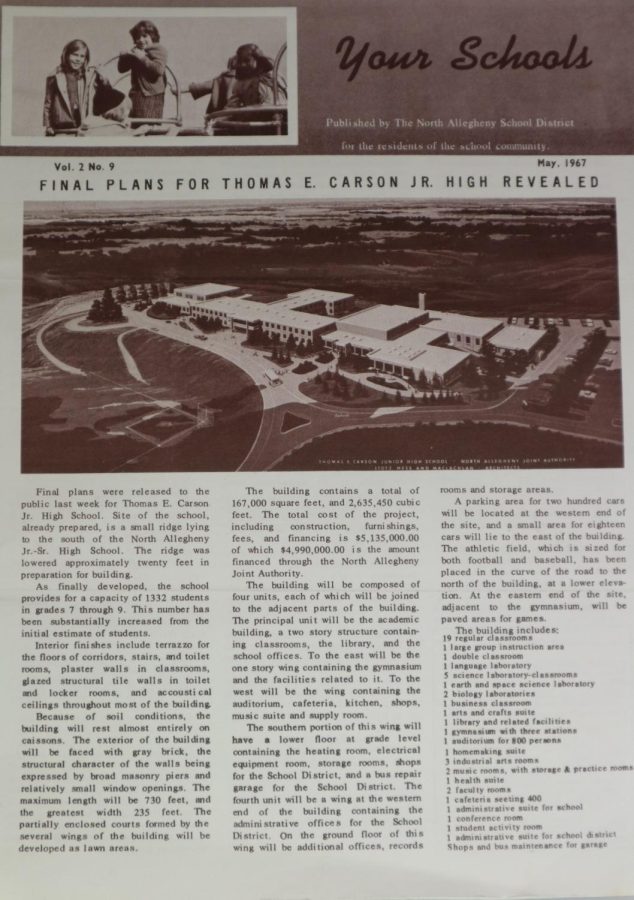
For instance, in just ten years from 1959-1969, district ninth graders were relocated to a new school twice. In 1959, they moved from the present-day NAI to the newly-constructed Ingomar Middle, which originally held grades 7-9. They moved again when Carson Intermediate High opened to serve 9th and 10th grades in 1969, with 7th and 8th grades left behind at Ingomar.
As a result, between the openings of Carson and NASH, NAI was home to grades 11 and 12 exclusively for five school years.
Only with the construction of NASH did the district’s grade levels find the homes they still hold today, with Carson losing its intermediate high status to become a second middle school. (The Marshall Campus was built in the early 1990s as NA’s last major expansion.)
But that is getting way ahead of when NA first began in the late 1940s.
To understand why NA was created, it is necessary to go all the way back to 1860, when Peebles School opened at the corner of Peebles Road and Duncan Avenue. First a log cabin, the school was replaced by a new frame building in 1885, and that building still stands today as Colaizzi’s Hair Styling, a visible reminder of North Allegheny’s earliest origins.
Soon other one-room schoolhouses sprouted up in the area, each serving students up to eighth grade. In 1870, Willoughby School was established along Sloop Road, a location that would soon be in the shadow of the Harmony Line’s grand trestle bridge.
Ingomar School was built in 1910 adjacent to the newly-opened Harmony Line, which itself was built to serve the growing population base north of Pittsburgh. Though expanded and renovated many times since then, Ingomar Elementary remains in the same location as it was in 1910, giving it the record among the district’s schools for the oldest school at the same location.
Although a one-room school opened in Bradford Woods by 1916, each school was independently operated by its respective community, whether that be the borough of Bradford Woods or the Township of McCandless.
In 1928, two large schools opened that would play important roles in North Allegheny during the next fifty years. Espe School opened in 1928 near the current location of CCAC North, where it would serve the southern reaches of the district for the next 70 years before closing in 1999. The building still stands today as the Pittsburgh Chinese Church. 15 miles away, the four-room Marshall School was also built in 1928, but it closed when a new wing was added to Bradford Woods Elementary in 1972.
Along with the Marshall School building itself, which still stands, the old school bell still sits outside the Marshall Township Volunteer Fire Station. And of course, 20 years after the closure of the first Marshall School, the district would open both an elementary and middle school with the same name two miles to the south.
Next was Franklin School, operated by Franklin Township, which opened in 1936. More than a decade later, a landmark event occurred in 1948 that would see North Allegheny take the first steps towards the district it is today. On August 22, 1946 school directors from four neighboring communities–McCandless, Franklin, Marshall, and Bradford Woods–met at Espe School to discuss a jointure with the specific purpose of building a new unified high school for the area. Originally, Pine was also included in the plans, but that township withdrew from the jointure in 1950, continuing to instead send its students to Mars High School.
Approved in January of 1947, the jointure was officially completed on June 10, 1948, combining the separate school funds of the four municipalities into one. 1948 is regarded as the date when North Allegheny was officially created, meaning that we are in the midst of the 75th anniversary of the district’s creation.
During this same time, declining enrollment and an aging facility saw the closure of Peebles School in 1947, though it would temporarily reopen before the new Peebles Elementary opened in 1952 at its current location.
Also in 1952, ground was broken for the new Junior-Senior High School (now known as NAI, then simply abbreviated as NAHS), with construction taking place over the next two school years. The site had been purchased in 1945 for a mere $30,000. NAI’s development was the capstone in the creation of North Allegheny, as the area finally had a unified high school to call its own. Its construction was spearheaded by Thomas E. Carson, an influential superintendent who would later lend his name to Carson Middle School.
Building the 33-room school was a lengthy process, with architects Mitchell and Ritchey designing a distinctly mid-century plan with airy courtyards and extensive ramps, contouring the school to the hillside where it is located. During the 1953-1954 school year, 7th and 8th grades were housed in the eastern part of the unfinished high school, rubbing elbows with contractors while the rest of the school was still under construction.
Years of effort finally paid off on October 24, 1954, when North Allegheny Junior-Senior High School was dedicated by Jonas Salk, MD, whose fame would skyrocket less than a year later with the release of a successful polio vaccine in 1955.
The district continued to take advantage of its $30,000 investment in the old Cole Farm by building a second school along Cumberland Road, McKnight Elementary School. The western half of McKnight was built in 1955, but the eastern portion of McKnight was originally a separate school known as Cumberland Hills School. Opened in 1963, Cumberland Hills was built to serve students with special needs, and a district newsletter from the time touted it as the only school of its kind in Pennsylvania. Cumberland Hills would be merged into McKnight Elementary in 1987, and the two schools–previously separated by a grassy walkway–were brought together with the construction of a gym and library in 1999.
Following the opening of Bradford Woods Elementary in 1956 and Ingomar Junior High in 1959, construction of new schools would slow for a brief period, but the goal of the 1948 jointure had been reached: North Allegheny was now well equipped to serve the needs of the area’s rapidly growing population.
Between 1965 and 1966, the joint schools era ended (during this time, the district was abbreviated as NAJSD), unifying the four township school boards under one and forming the North Allegheny School District we know today.
In his speech at the dedication of the new high school in 1954, Jonas Salk droned on for ten pages on how education can develop a better society. But within his speech, there are some words of wisdom that must be kept in mind when viewing the past through a nostalgic lens.
“Those who long for the ‘good old days’ or those who battle for maintaining the status quo need only glance at history to see the futility of their longings,” Salk said.
Though it is always interesting to look back at history, Salk realized–even in 1954–that one should never be stuck in the past. We must always keep an eye on the future.
“It is clear that we cannot go back–time moves forward only,” he said.
All research conducted at McCandless-Northern Allegheny Heritage Center

Years after editing and delivering the Carson Middle newspaper by himself, Andrew McLaughlin is excited to be Co-Editor-in-Chief of The Uproar. Always a fan of amusement park history, he has written for the magazine of the National Amusement Park Historical Association. He also volunteers at the Depreciation Lands Museum, a local living history museum. Andrew welcomes comments about his writing.

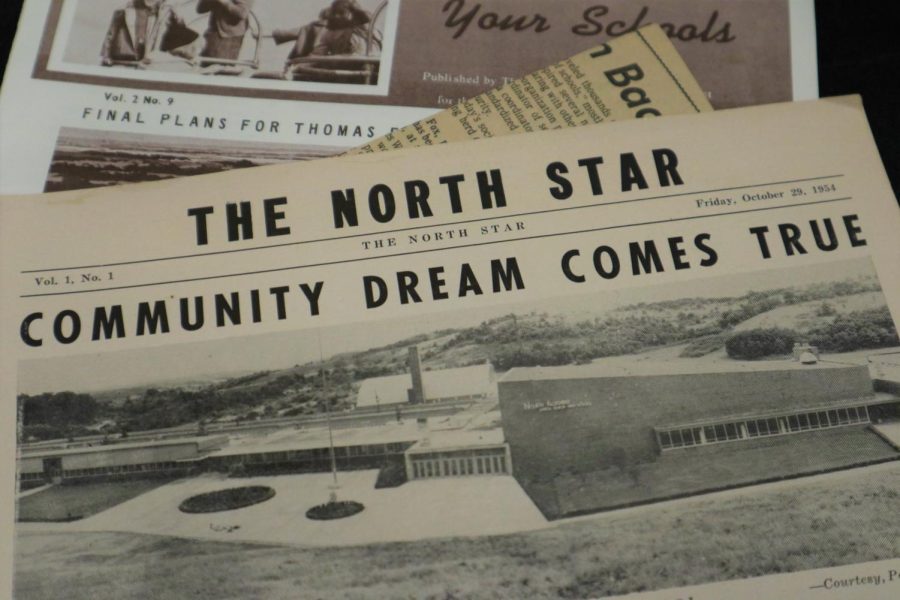
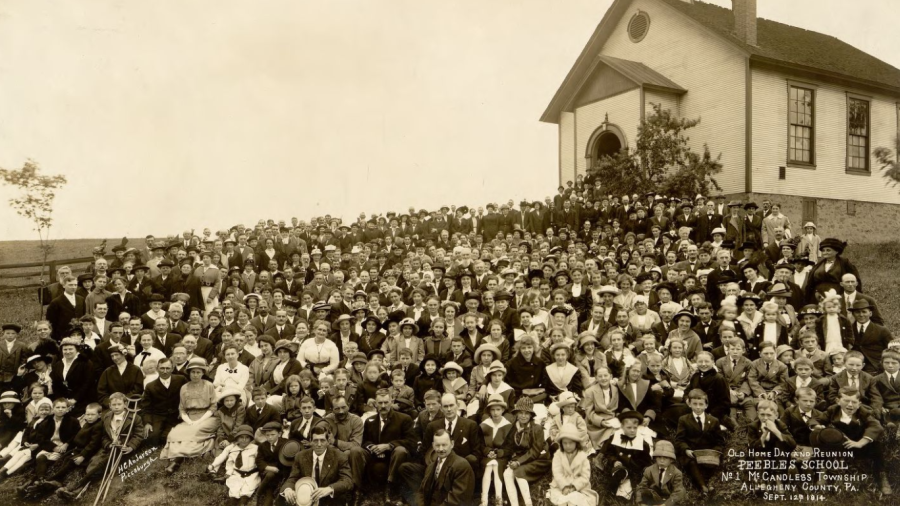
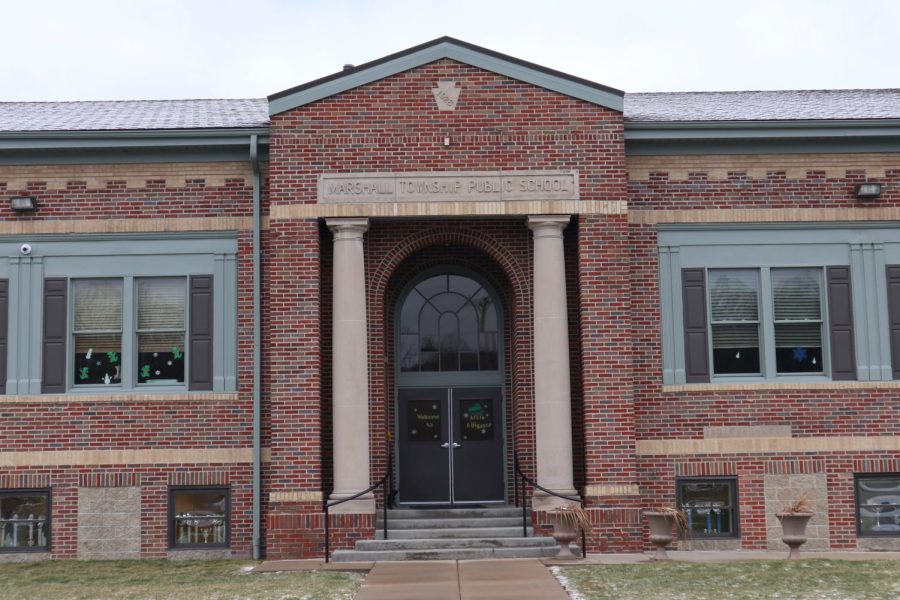
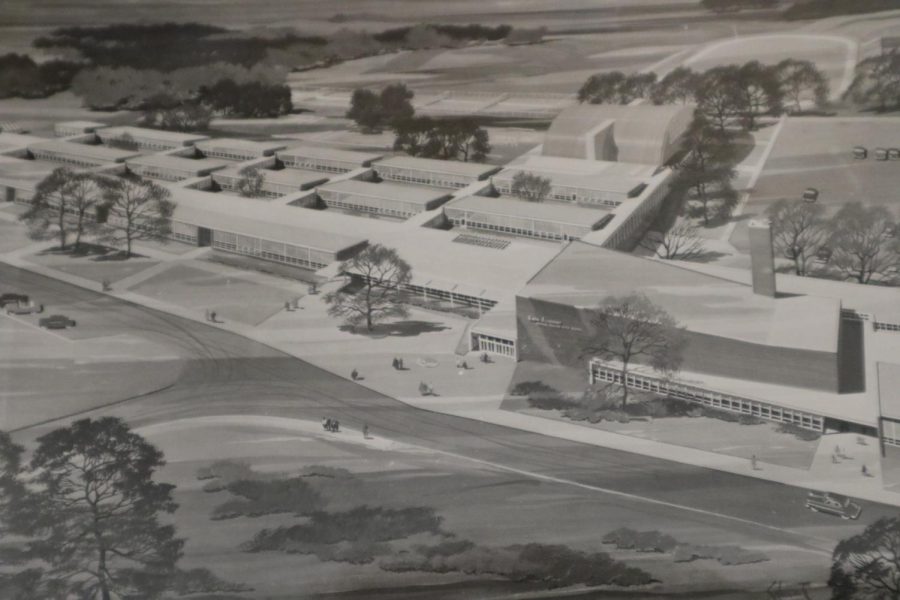
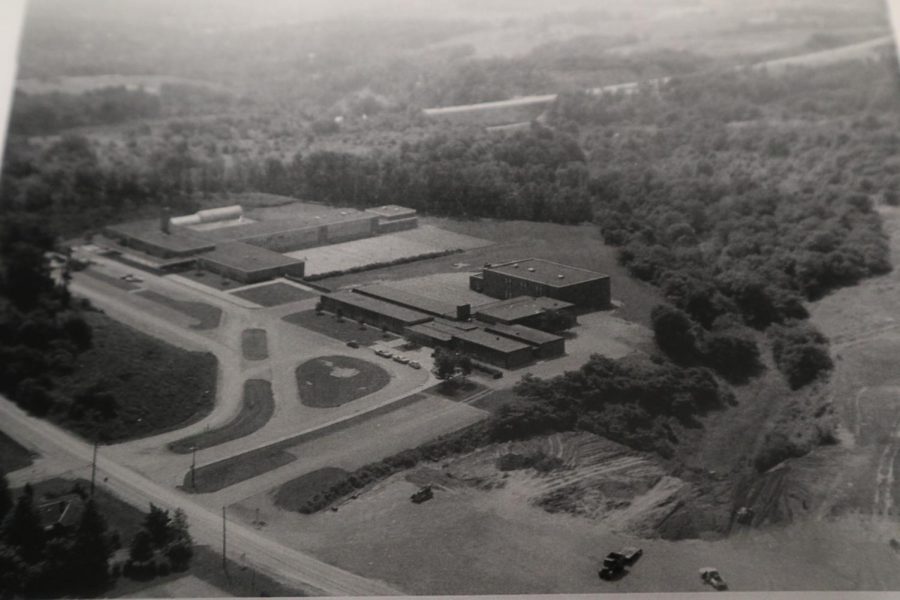
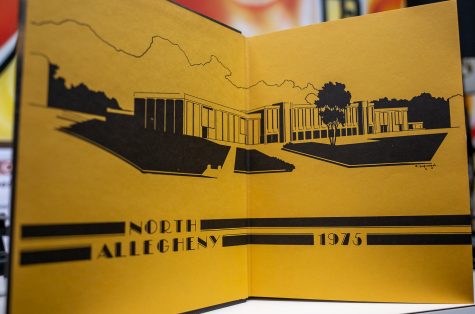
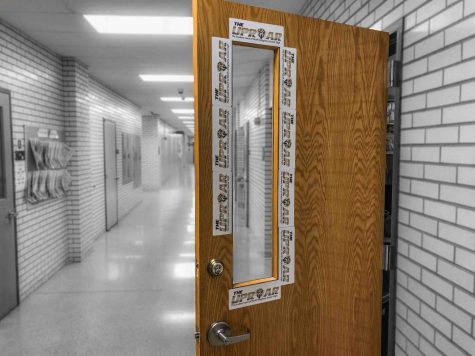



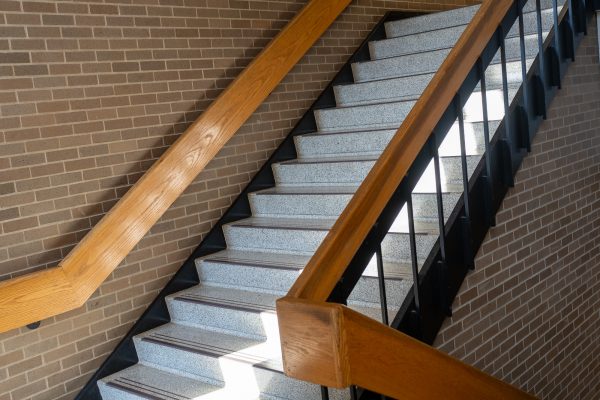
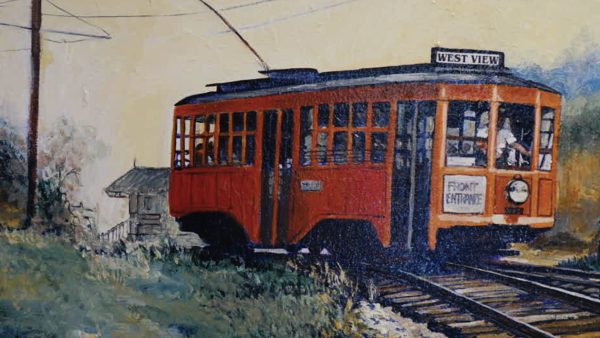
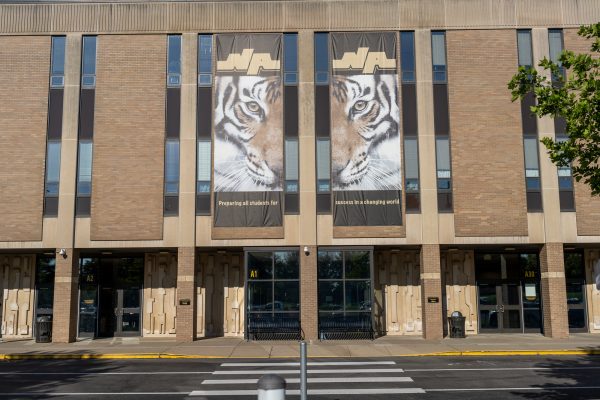

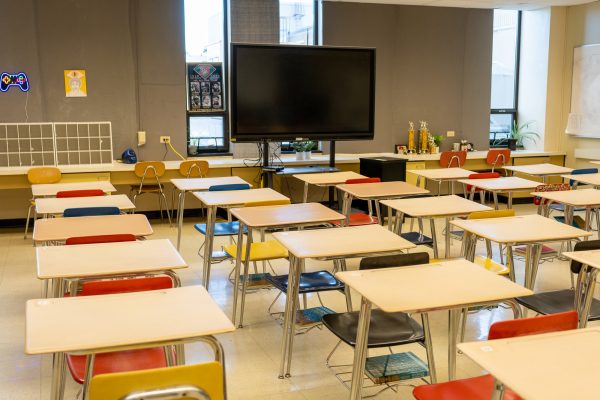
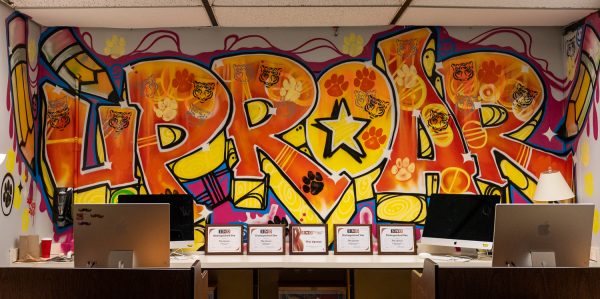
Kathy Martens • Feb 2, 2023 at 6:23 am
Loved your article! Very well written. Looking forward to reading more from you in the future.
Mr. Hull • Feb 1, 2023 at 10:33 am
Great job, Andrew. This is your niche.